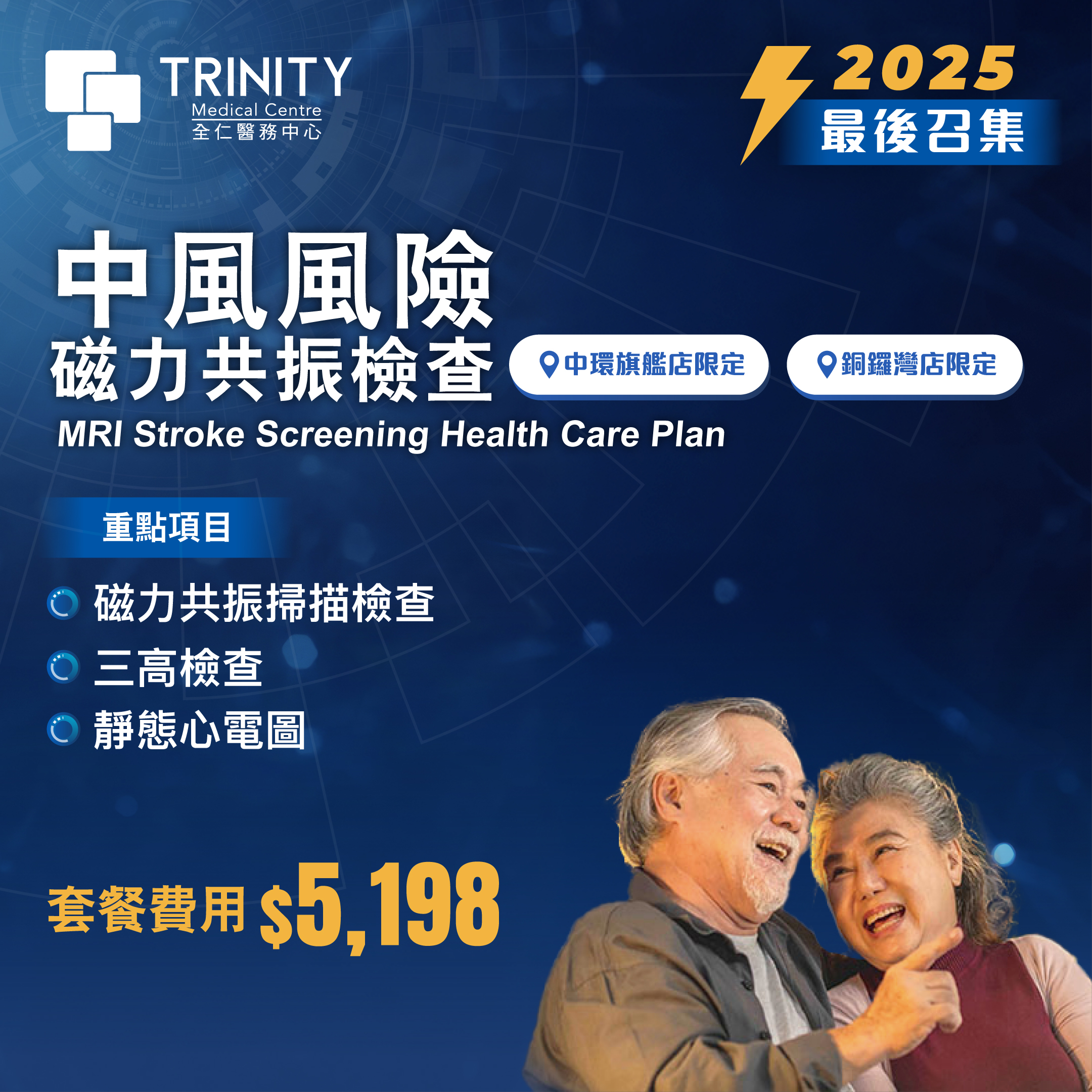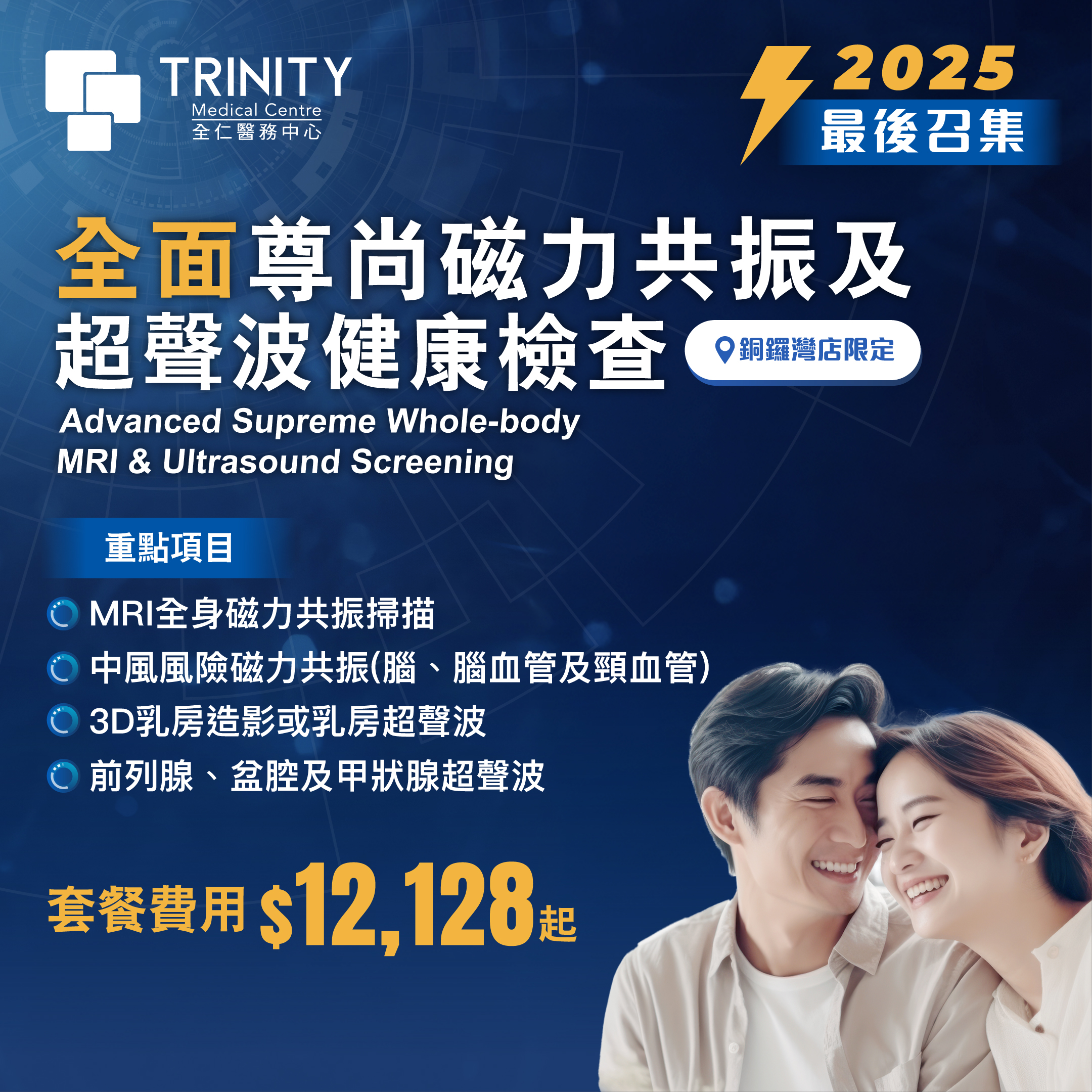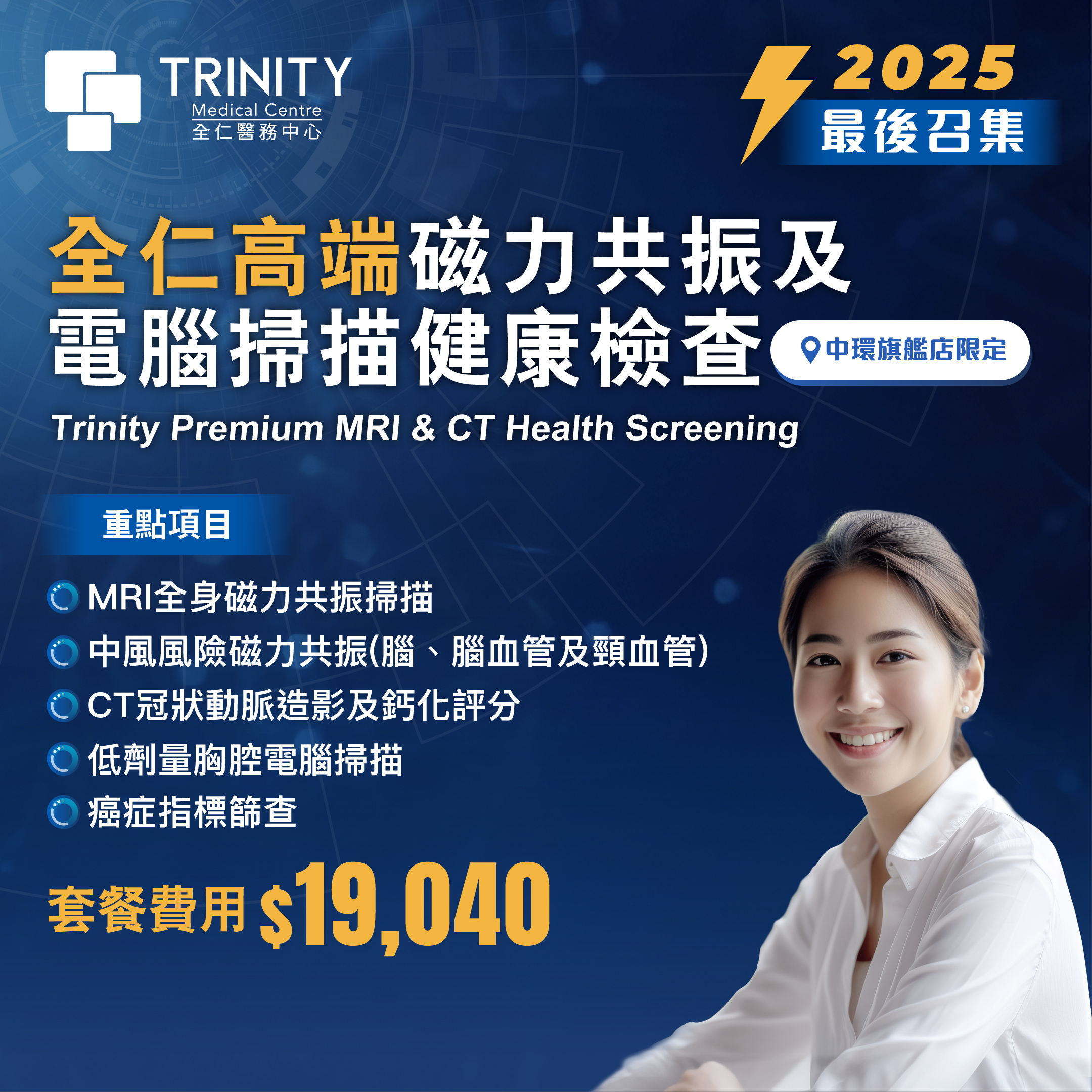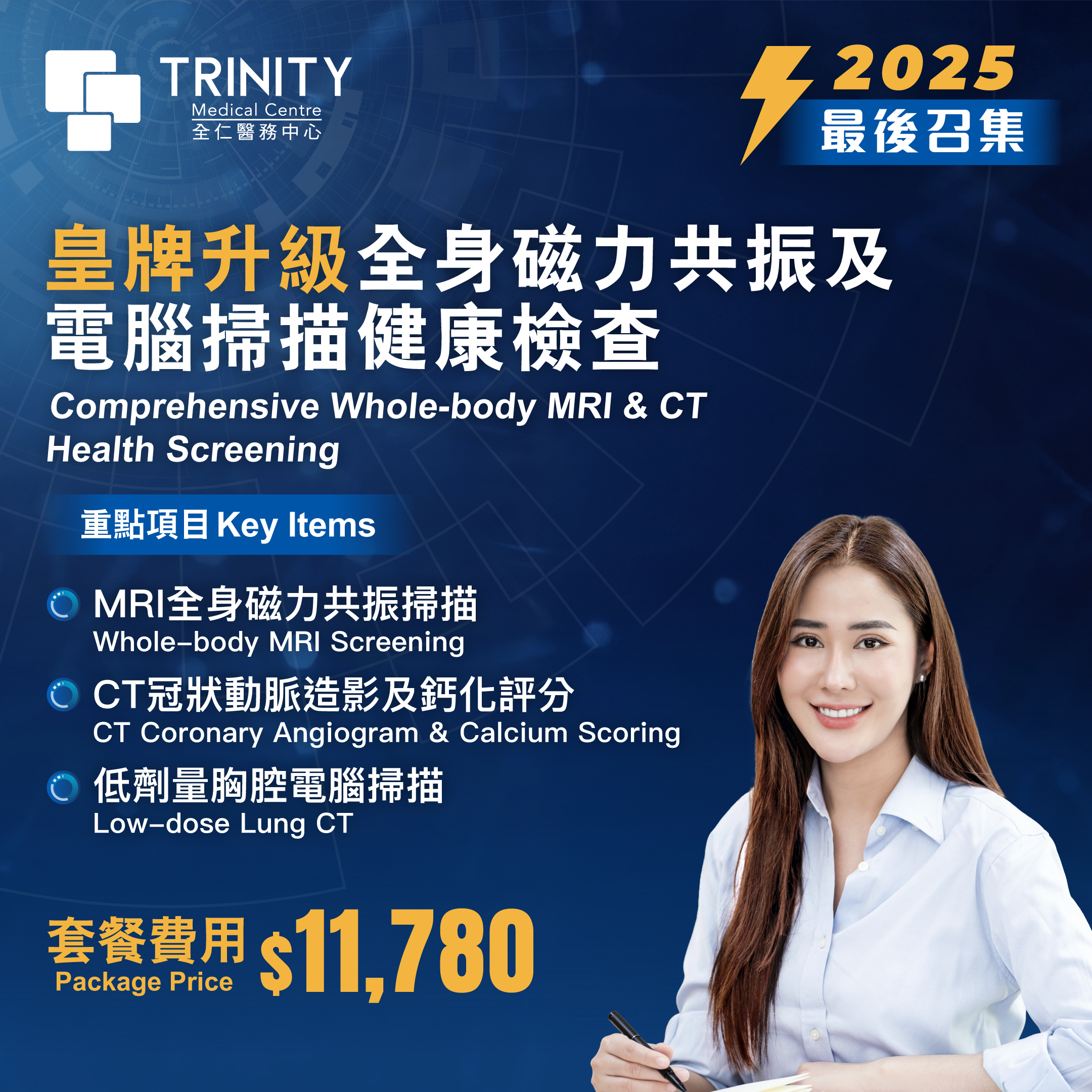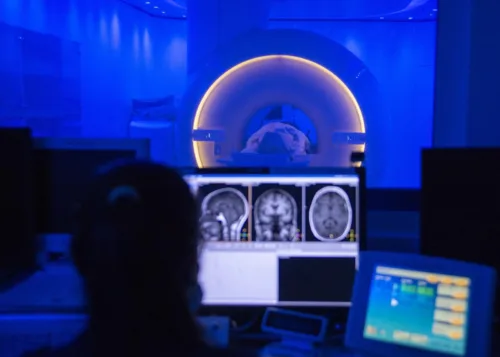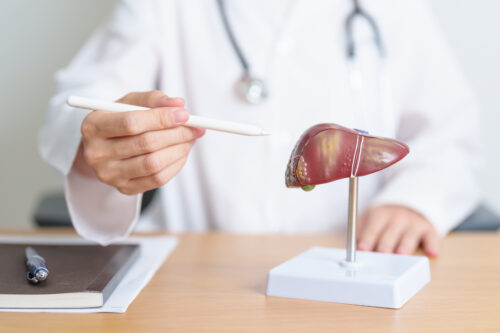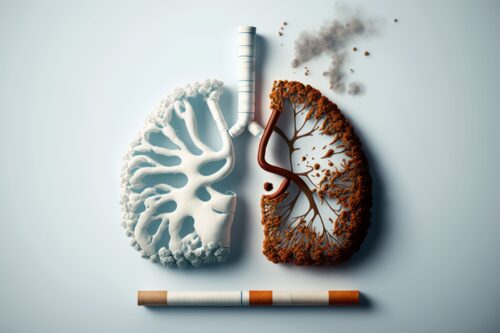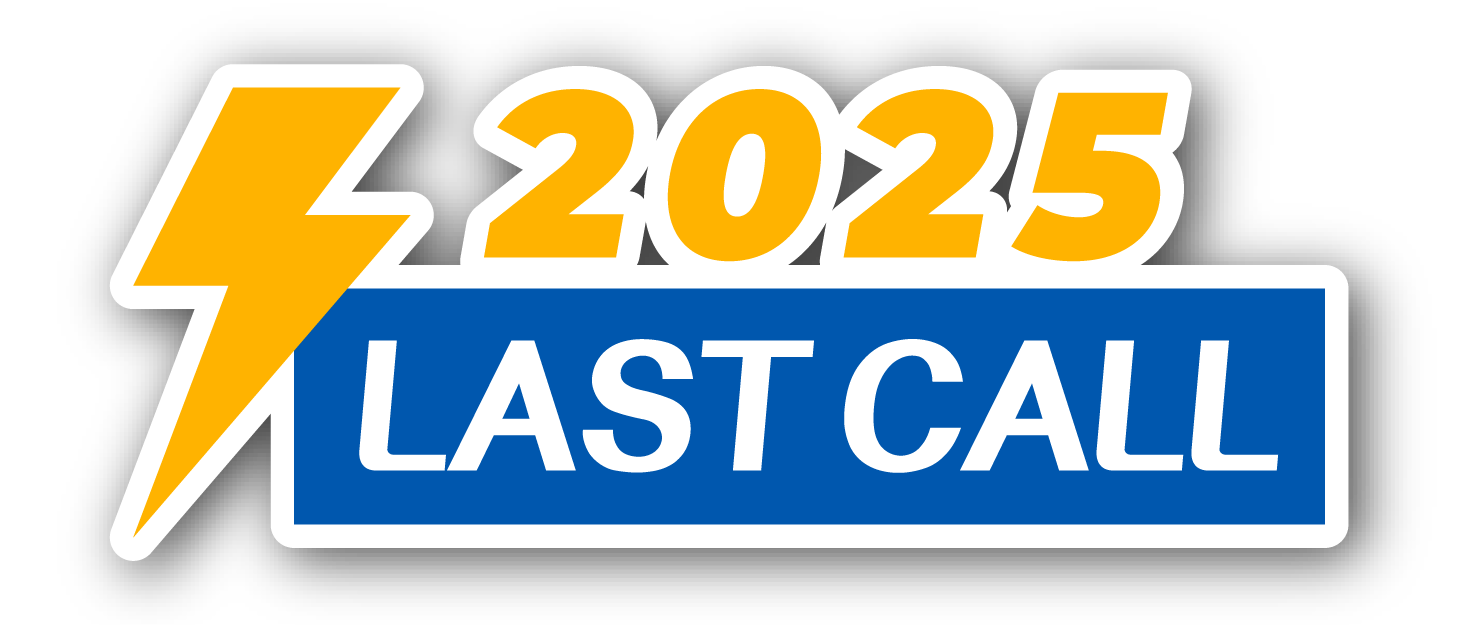What Is a Stroke and Why Is It Fatal?
A stroke occurs when the brain’s blood supply is suddenly interrupted or reduced, resulting in oxygen deprivation and damage to brain cells. Strokes are mainly classified into two types: ischemic (caused by a blocked blood vessel that prevents blood flow to the brain) and hemorrhagic (caused by a ruptured blood vessel leading to bleeding in the brain). Severe cases can result in loss of neurological function, paralysis, speech disorders, or even death. Recognizing the common symptoms and early warning signs of stroke is crucial to act within the golden treatment window, which is vital for saving lives.
Can Young People Have Strokes? Stop Thinking Stroke Is Just an “Elderly Disease”!
In recent years, the incidence of stroke among younger patients in Hong Kong (aged 18 to 55) has increased by nearly 30%. These sudden cerebrovascular events not only threaten life but may also lead to long-term complications and psychological distress, imposing a heavy burden on patients and their families.
The stress of a busy lifestyle, frequent late nights, lack of exercise, and poor dietary habits pose significant health risks for young individuals. Even if you feel healthy, it’s important to remain vigilant for stroke symptoms such as headaches, dizziness, or numbness in limbs. Seeking medical attention early is critical.
Do You Have These Stroke Risk Factors?
Strokes don’t happen without cause. Be aware of the following risk factors:
- Age: Stroke risk increases with age.
- Family History: Those with a family history of stroke are at higher risk.
- Hypertension: High blood pressure damages blood vessels, leading to arteriosclerosis, thrombosis, or aneurysms, all of which raise the risk of stroke.
- The “Three Highs”: Diabetes and high cholesterol accelerate vascular hardening.
- Unhealthy Habits: Smoking, excessive alcohol consumption, and late-night routines harm vascular health.
- Obesity and Sedentary Lifestyle: Lack of physical activity reduces circulation and increases the risk of blood clots.
- High-Sodium Diet: Frequent consumption of fried foods, instant noodles, and other high-salt items elevates blood pressure.
Understanding these risk factors allows you to take proactive steps in reducing the likelihood of stroke.
Young People Should Not Ignore the Risk
Constant exposure to high-pressure work environments, irregular sleep schedules, and poor dietary choices are contributing to the rising trend of stroke among younger individuals.
Common causes include hypertension, high blood sugar, and high blood lipids. Many patients only discover these chronic conditions upon hospital admission. This highlights that even younger individuals should not overlook traditional stroke risk factors. Maintaining a healthy diet, managing salt intake, and regularly monitoring blood pressure and cholesterol levels are key to stroke prevention.

3 Healthy Habits to Prevent Stroke
1. Quit Smoking and Alcohol
Both smoking and excessive alcohol intake damage the vascular walls, accelerate hardening, and increase the risk of bleeding. Quitting smoking and drinking is the first step in protecting cardiovascular health.
2. Maintain a Regular Routine and Exercise Moderately
A regular sleep schedule helps stabilize blood pressure and blood sugar levels. Moderate exercise, such as brisk walking or swimming, improves circulation and cardiorespiratory health, thereby lowering the risk of stroke.
3. Eat a Balanced Diet and Reduce Salt and Fat Intake
Consume more vegetables, fruits, whole grains, and lean proteins. Avoid excessive processed and salty foods to help maintain vascular elasticity and lower blood pressure.
Regular Health Check-Ups Are the First Step in Stroke Prevention
In addition, routine health screenings are an effective way to detect stroke risk early. Besides monitoring blood pressure, cholesterol, and blood sugar levels, MRI scans can also be used to assess vascular health, aiding in early diagnosis and enabling timely prevention and treatment.
MRI Stroke Screening focuses on the carotid arteries, cerebral blood vessels, and brain tissue, offering a radiation-free, painless way to assess the condition of the carotid and cerebral arteries. It accurately detects high-risk factors such as vascular narrowing, thrombosis, and aneurysms. MRI also assists physicians in differentiating between ischemic and hemorrhagic strokes.
Moreover, this screening can help detect underlying cerebrovascular issues that may not present obvious symptoms, such as:
- Minor strokes that have gone unnoticed
- Early-stage vascular narrowing or occlusion
- Aneurysms
Understanding the overall condition of your brain’s blood vessels allows for early intervention and treatment to prevent neurological damage such as paralysis, aphasia, visual field defects, or swallowing difficulties.
Stroke is a preventable condition. By adopting a healthy lifestyle and undergoing regular medical check-ups, you can significantly reduce your risk. Recognizing the early signs and symptoms of stroke and acting quickly can help minimize permanent damage. Start prioritizing your health today with routine check-ups and early prevention measures.
Want to learn more about early warning signs before a stroke occurs? Many people experience symptoms like dizziness or cold limbs during the summer — these may be early indicators of stroke.
[Related Reading]: “Can Excessive Sweating or Air Conditioning in Summer Cause a Stroke? Learn the 8 Warning Signs and Symptoms”
Frequently Asked Questions (FAQ)
Q1: What are the early signs of a stroke? Does facial paralysis always occur?
Not necessarily. Early signs of stroke include unilateral limb weakness, blurred vision, slurred speech, sudden headaches, cold extremities, or loss of balance. Some patients may not exhibit classic signs like facial drooping. Even mild symptoms should not be ignored. It is recommended to use the “FAST” method for assessment and seek immediate medical attention.
Q2: Should young people be concerned about stroke?
Yes. In recent years, strokes have shown a clear trend toward younger age groups, especially among individuals experiencing chronic stress, poor diets, insufficient sleep, or suffering from “three highs.” Even without a family history, unhealthy lifestyle habits can significantly increase stroke risk. Regular health screenings and a balanced lifestyle are advised.
Q3: Does MRI involve radiation?
No. MRI (Magnetic Resonance Imaging) is a radiation-free medical imaging technology. It uses a powerful magnetic field and radio waves to generate detailed images of the body’s internal structures, offering a safe, non-radiative alternative for medical assessment.
References
1. Centre for Health Protection, Department of Health (Hong Kong)|Dealing with Stroke
2. Health Promotion Administration, Ministry of Health and Welfare|中風放血?
3. Health Promotion Administration|中風8大危險因子 掌握6招預防
4. Li Ka Shing Faculty of Medicine | 關注年輕中風


